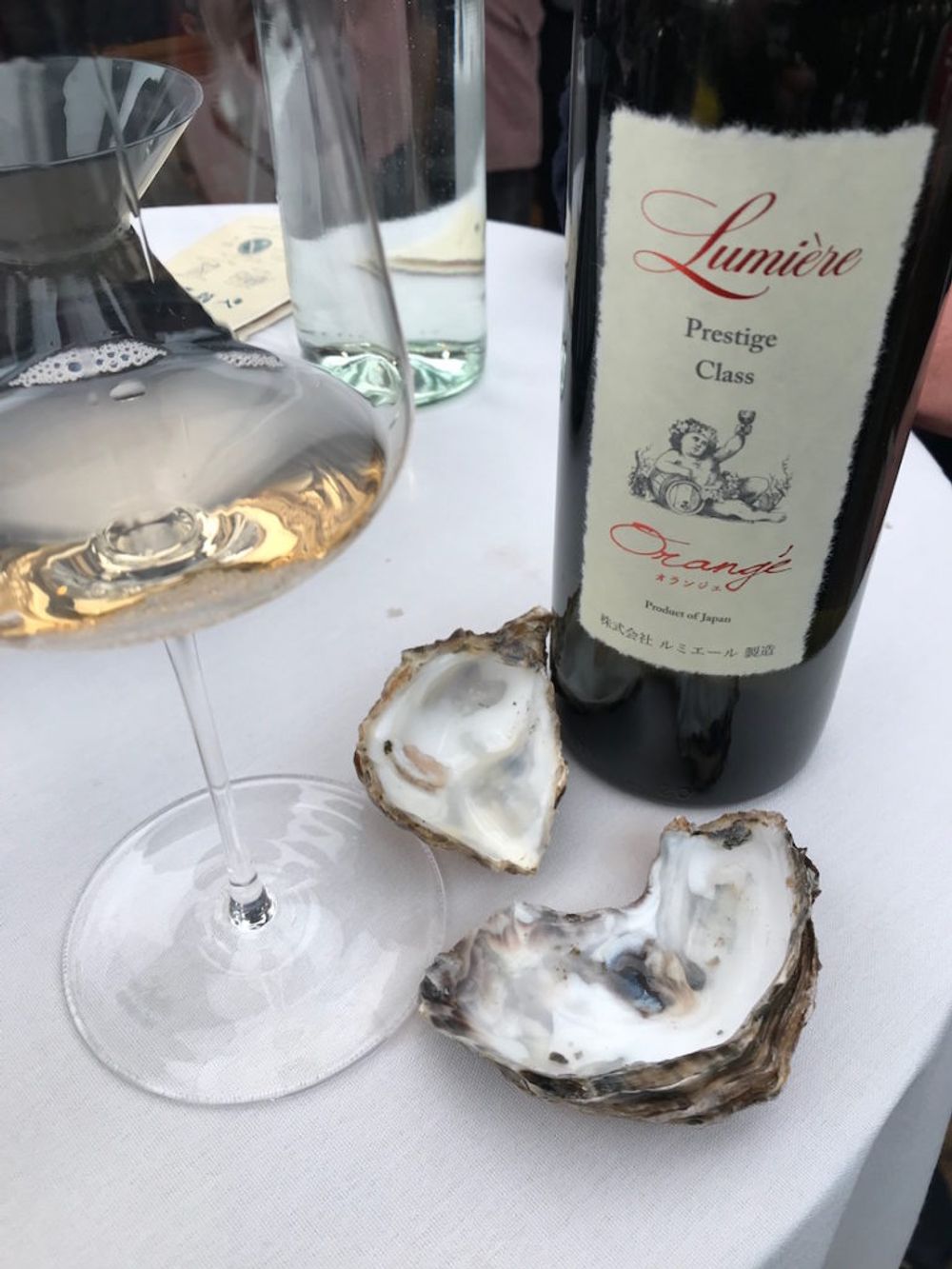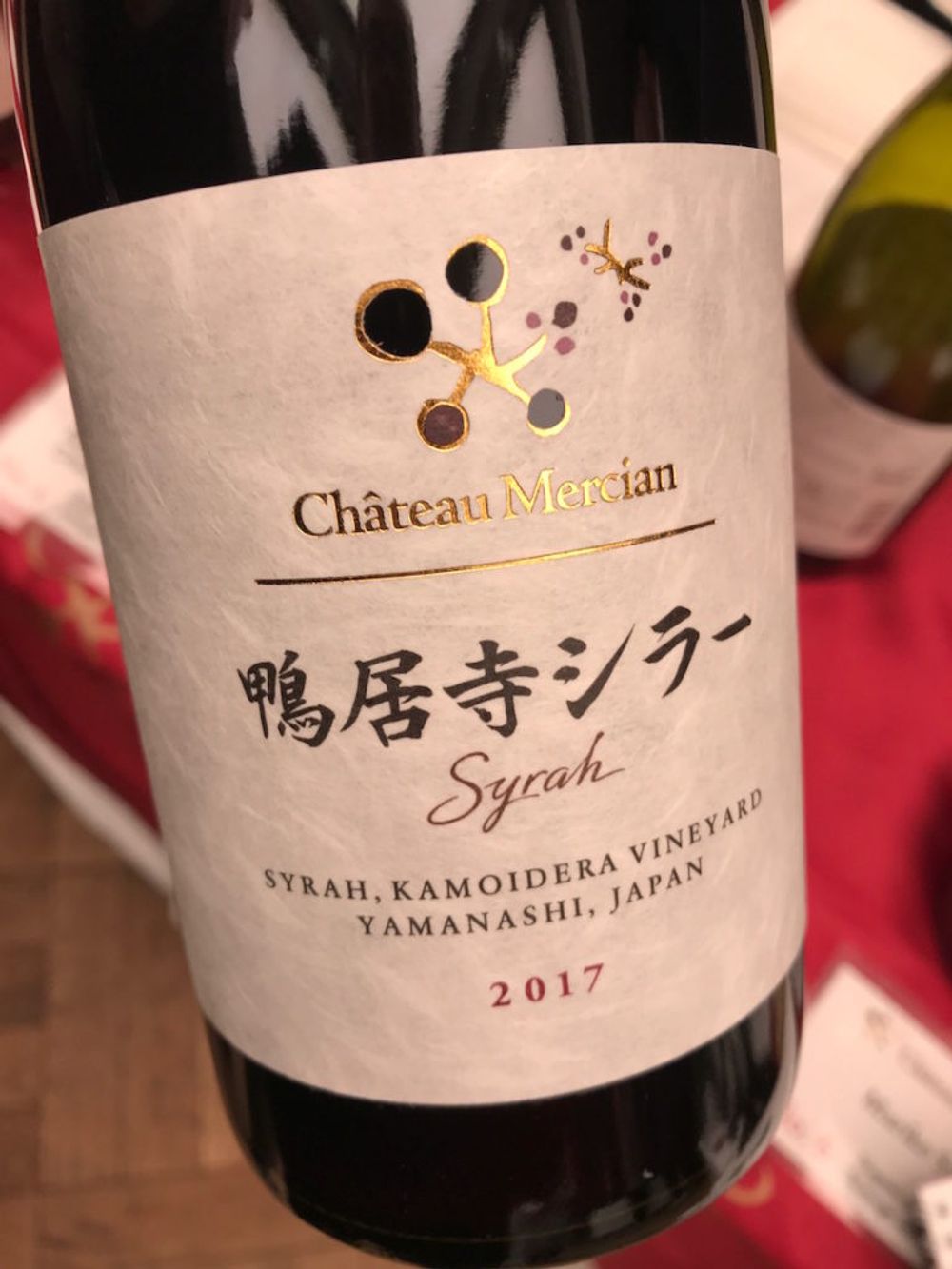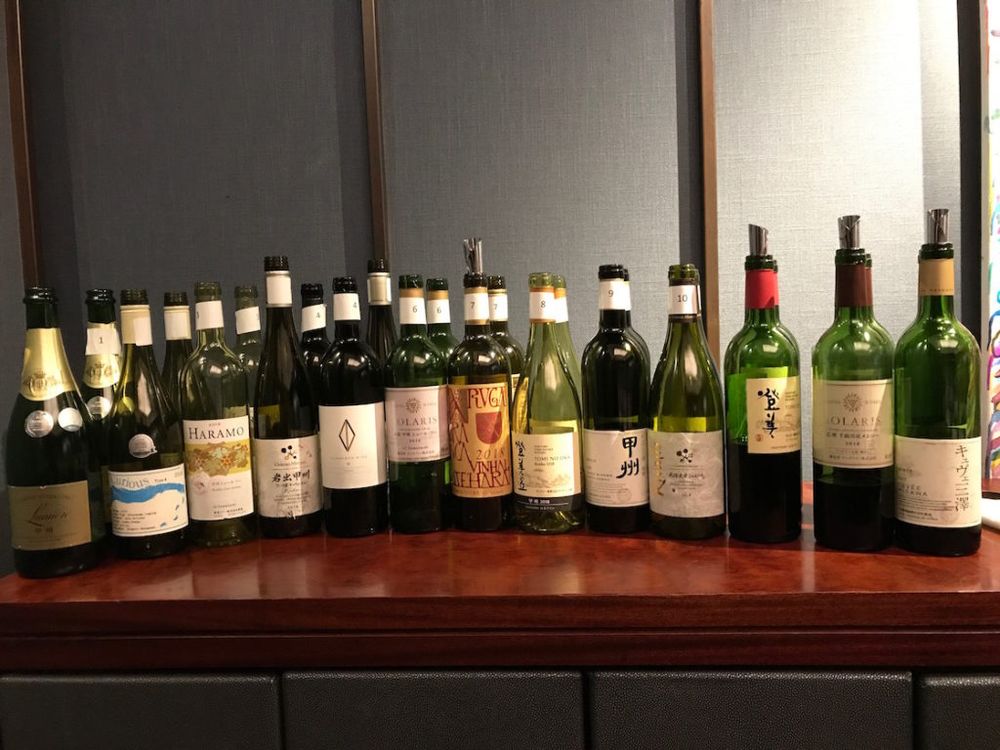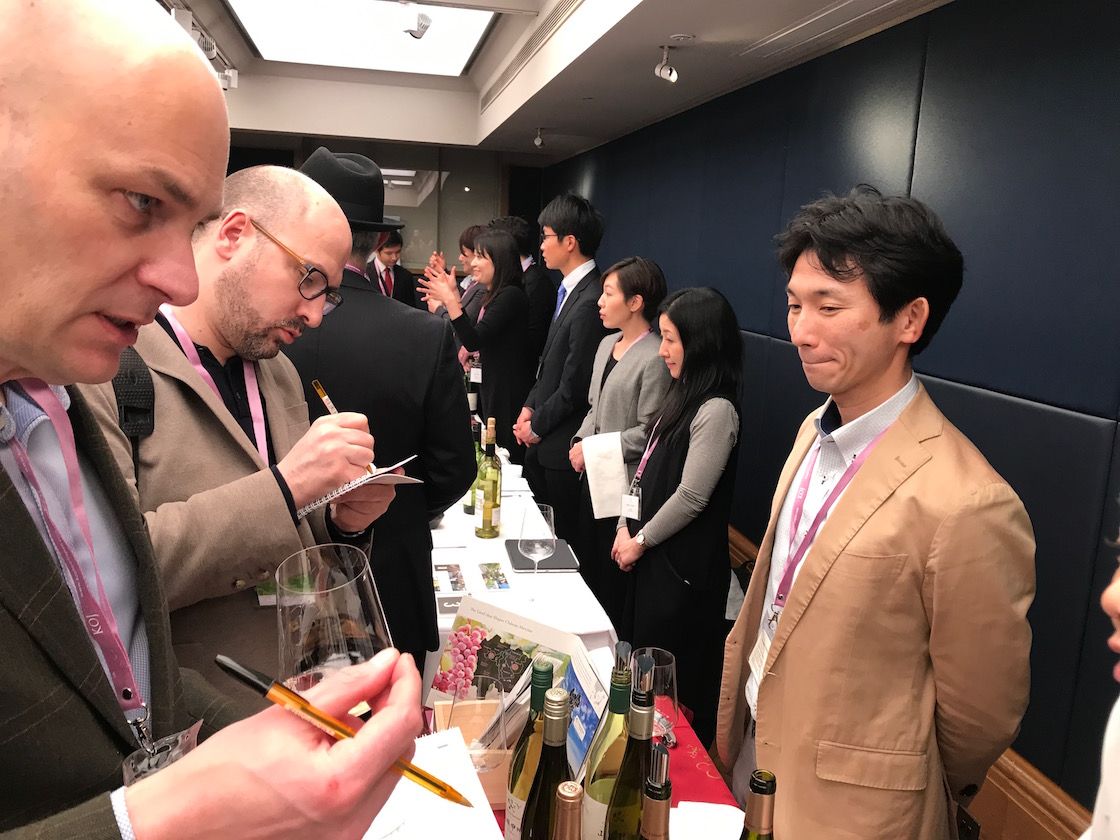“Just a few years ago it was quite easy to find an average Koshu wine, but in 2020 that task is considerably more difficult,” said Anthony Rose at his masterclass that highlighted the quality and diversity of the wines.
Winemaking has only been around for a very short period of time in Japan – under 150 years – and quality, dry table wine for even less – it really didn’t take off until about 1980. So the annual Koshu tasting in London organised by Koshu of Japan (KOJ) shows a marked improvement year by year, as vines age and techniques improve. Just four years ago, my first Koshu tasting was marked by an observation of how similar the wines were to one another – apart from a couple of truly outstanding wines they were remarkably uniform…
Here I found a line-up of Koshu wines that were all medium-bodied, all delicately aromatic, elegant, with a little tannin in the finish – but not a harsh grip – and all under 12%. They were all pretty well made but only one company, Grace, standing out head and shoulders above the rest. It was as though it was more commendable to make a wine that ‘fitted in’ rather than have a distinct individuality.
How times have changed.

Neil Beckett and Anthony Rose (l-r) delivered a trade masterclass at the KOJ trade tasting in London
Anthony Rose, Japanese wine and Sake expert, began a masterclass at this year’s generic Koshu tasting with an observation that seemed to echo this. “Just a few years ago it was quite easy to find an average Koshu wine, but in 2020 that task is considerably more difficult.”
I couldn’t agree more. The quality level is there in the steel-fermented Koshu to suggest that this is far more than a curiosity we are dealing with. The tasting of wines from the nine producers who were showing their wines at the 2020 annual trade tasting evidenced a genuine notch up quality-wise. The single-terroir wines from Grace still take a lot of beating but the gap between Grace and the other producers is not so vast.

The wood-fermented Koshu, some of which were too overtly oaky four years ago, not seemed better integrated and balanced. Likewise the sparkling (Lumière Sparkling Koshu, 2017) and orange wine (Lumière Prestige Class Orangé, 2018) were all showing very well indeed. There are only five producers currently making orange Koshu wine but given its undoubted quality – very dry, stony texture, sharp citrus edge – and the fact that producers can fetch one and a half times the price of regular Koshu – expect to see more of this.
That’s not to say these wines are ‘shouty’ in any way, there is a subtlety to them which The World of Fine Wine’s editor Neil Beckett summed up at the masterclass when he said that Koshu has an intensity that is borne out of their quietness. He used the analogy of classical music in that some of the most intense passages are Pianissimo – ie. when the music is very soft.

Perhaps the greatest surprise, though, were the red wines. Château Mercian Kamidera Syrah 2017 may come from young vines on 300m clay but the results were superb – notes of dark fruit and pepper prevailed with bright acidity and fresh mouthfeel – just 12.5% abv take note. (Boutinot imports this into the UK).

Grace Wine was showing two of the three red wines it now produces, Cuvée Misawa Red 2017 and Akeno 2017 which are both Bordeaux blends using varying quantities of Merlot, Cabernet France, Cabernet Sauvignon and Petit Verdot. The Misawa was really complex with savoury notes of red pepper and mocha, terrific texture and the Akeno was similarly complex but had a pretty floral note, and considerable finesse and elegance – a Bordeaux at 12% abv anyone? The one red they didn’t show, Yamanashi de Grace is dominated by Muscat Bailey A, a red variety that Japanese winemakers are increasingly hanging their hat on.
Also impressive was Suntory TOMI Red 2015 which won an IWC award in 2018 for its 2013 vintage. Like the Grace blends this is Merlot-dominated with a larger proportion of Petit Verdot in the mix. Bags of fruit, meaty savouriness, bit of leather but such freshness and elegance; a really accomplished piece of winemaking.
Although all these reds hail from the main winegrowing region of Yamanashi, an area to keep tabs on is the Northern island of Hokaido which is becoming the new cold climate frontier for Japanese wine – Pinots grown here will need to be followed closely with interest. The Mercian Hokushin Left Bank Chardonnay 2018 from the Nagano region also shows real promise
For more tips on which wines to seek out check out Chris Wilson’s excellent piece here which he wrote two years ago on this site, also about how Koshu is no one-trick pony; interestingly last month’s tasting showed it was the same companies that are pushing the envelope, it is just that the quality is noticeably improved
Things you may not know about wine in Japan
- 95% of all Japanese wine is imported into Japan in the form of bulk wine made elsewhere.
- There is no control over yields in Japanese vineyards – average quality yields is between 80-100 hectolitres per hectare. Top producers, however, pay a premium for lower yield fruit.
- There is no cru or appellation system.
- Wine has only been made in Japan for 130 years, although table grapes have been grown there for 1300 years
- Quality table wine only started being produced in the 1980s
- Most vines in Japan are grown almost exclusively on slopes (350-700m altitude) this is because this was the only arable land on which rice couldn’t grow
- Japanese wine is similar to Beaujolais and Portugal in that it is a wine industry where growers have a significant role – small landholders who grow grapes on plots averaging just ½ a hectare

Th full line-up of wines shown at the Rose/ Beckett masterclass
































